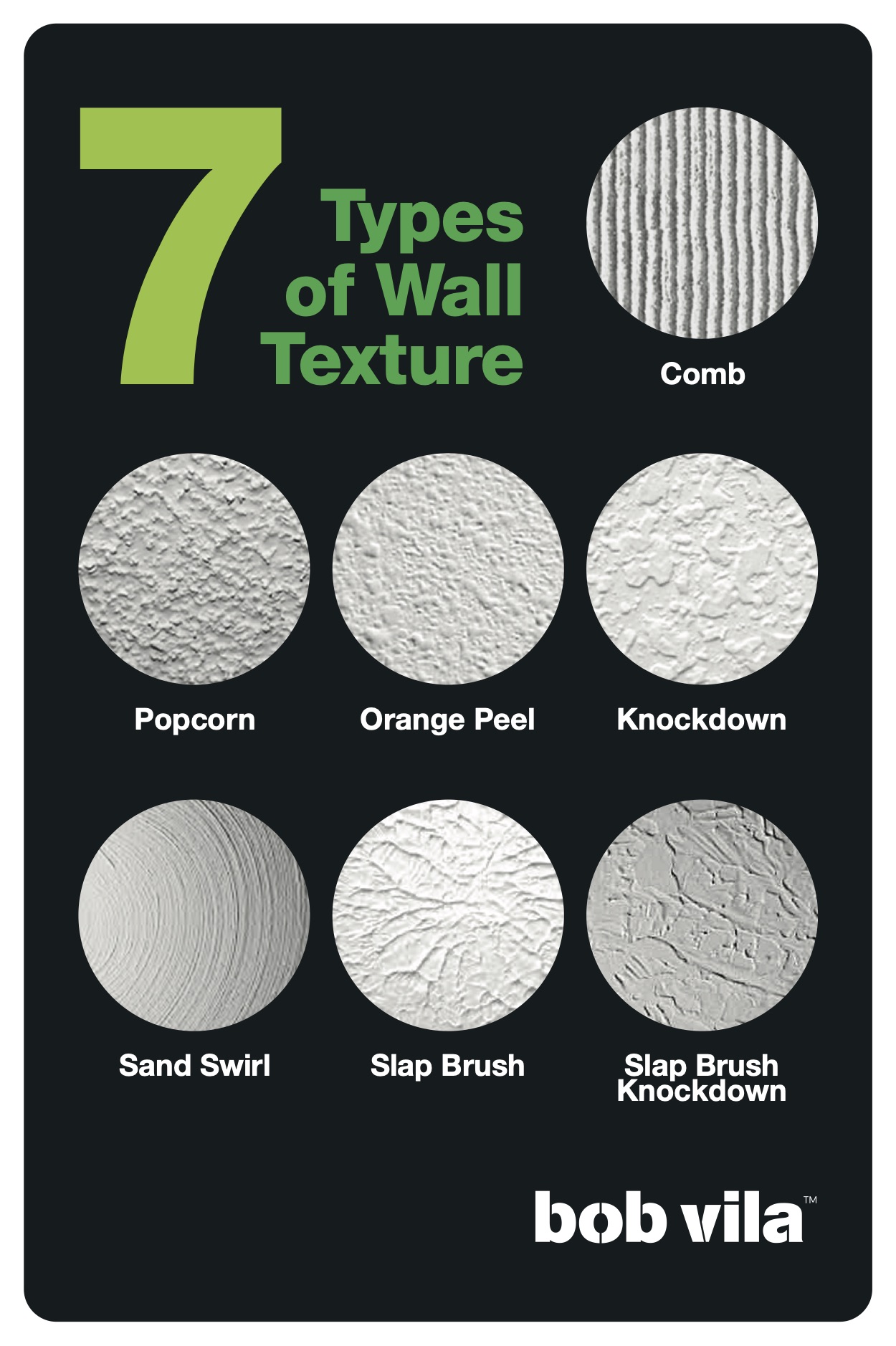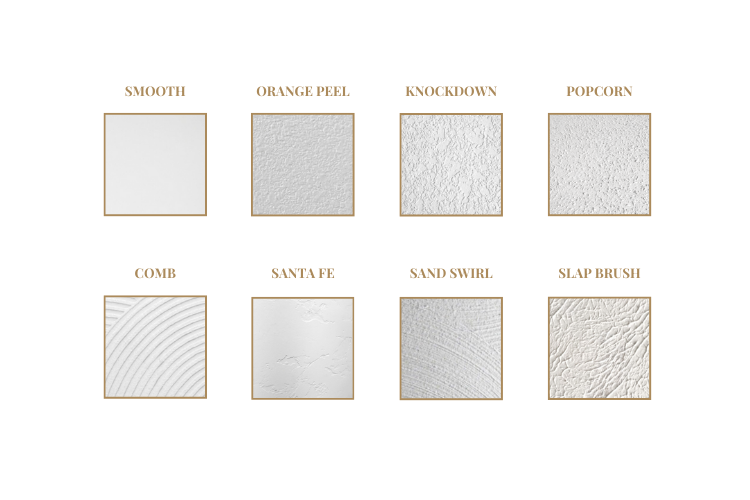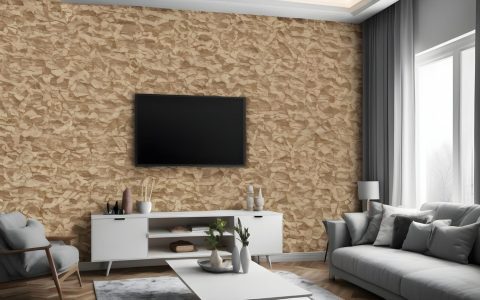Wall texture refers to the tactile and visual surface finish applied to interior walls and ceilings. Beyond aesthetics, textures can hide imperfections, add character, and even offer minor acoustic benefits. The choice of texture significantly impacts a room's overall look and feel.
Orange Peel Texture
Resembling the rind of an orange, this texture features a subtle, bumpy surface. It's typically spray-applied and is favored for its ability to conceal minor flaws and its relative ease of cleaning. Orange Peel is a common choice for new construction and rental properties due to its durability and cost-effectiveness.
Knockdown Texture
Knockdown texture is created by spraying or splattering drywall compound onto a surface and then "knocking down" the peaks with a trowel or knife before it fully dries. This results in a flattened, stucco-like appearance with a random, mottled pattern. It offers a more dimensional look than orange peel and is effective at hiding imperfections.

Popcorn (Acoustic) Texture
Also known as acoustic texture, this was widely used in the mid to late 20th century, especially for ceilings. It has a coarse, lumpy appearance created by spraying a material containing small particles (historically sometimes asbestos, now typically polystyrene or styrofoam). Its primary benefit was sound dampening, though its popularity has waned due to difficulty in cleaning and repair, and a dated look.
Skip Trowel Texture
Achieved by applying joint compound with a trowel in a skipping motion, Skip Trowel creates a layered, slightly rustic appearance with random raised areas and smoother valleys. The depth and spacing of the texture can vary significantly based on the applicator's technique, offering a custom, hand-applied look. It's excellent for concealing significant wall imperfections.
Sand Swirl Texture
This texture is created by mixing sand with primer, paint, or joint compound and then applying it in a circular or swirling pattern using a brush or trowel. Sand Swirl offers a distinct, patterned look that can range from fine to coarse depending on the sand grit used. It provides a more decorative and intentional design compared to random textures.
Slap Brush (Crow's Foot/Stomp) Texture
Slap Brush texture, also known as Crow's Foot or Stomp texture, is achieved by applying thinned joint compound to the wall or ceiling and then "slapping" or "stomping" it with a stiff-bristled brush. This creates a fan-like or sunburst pattern. The density and prominence of the pattern depend on the brush and application technique.
Comb Texture
As the name suggests, Comb texture is created by dragging a comb or a toothed trowel through wet joint compound. This can produce various patterns, such as repeating arches, straight lines, or fan shapes. It's a more artistic and deliberate texture style, often chosen for accent walls or specific design themes.

Smooth Finish
While not a "texture" in the traditional sense of adding a raised pattern, a Smooth Finish is a distinct wall style. It requires a high level of skill (Level 5 drywall finish) to achieve a perfectly flat, even surface. This minimalist look is popular in modern and contemporary designs, highlighting clean lines and allowing paint sheen to take center stage. It shows imperfections more readily than textured finishes.
- Pros: Modern, clean aesthetic, easy to paint over with different colors.
- Cons: Difficult and costly to achieve perfectly, shows all imperfections, repairs are challenging to blend.










